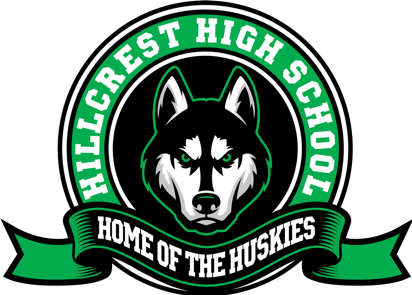“A website has three components: design, structure and content. But no-one visits a website for its design or structure, only for its content. Good design and good structure support content, but the content itself must be valuable.”
Why Websites Matter
In today’s era of school choice, the K12 profession has become a crowded field with public schools striving to differentiate themseves from private institutions, charter schools, and magnet programs. Not only are school districts competing for students, they’re competing to recruit and retain the best teachers—which is why they must market themselves in much the same way that most businesses do. Now, more than ever, schools must communicate effectively about their achievements, programs, student services, and extracurricular activities. Canyons District’s family of more than 60 websites are a living record of the District and its schools, and the anchor bbehind our brand and its communications efforts.
- Your website is the main way that people interact with you most of the time. For many people, your website is your school.
- Many people visit your website before they visit your campus or office, or before they email or phone you. First impressions count.
- Remember, it’s not about you. Your website does not exist for you to tell people things; it exists for people to find out things about you.
What is Content
Valuable content is news you can use. People come to Canyons District’s websites looking for job openings, to peruse school calendars and lunch menus, find bus routes, apply for special programs and keep tabs on the business of the Board of Education.
Content Creation
Content marketing doesn’t mean advertising. Providing consistent, reliable and valuable content that connects with your audiece is most important. The easiest way to get started is to create a calendar of school events, milestones and deadlines, and then map your messages around those dates. The anchor to any messaging is your website’s blog. Once you’ve published a story or informational item, include a version of it in your parent newsletter and on your social media channels with a link back to the original blog. Here are a few tips to keep in mind:
- It’s OK to brag about your school’s or student’s achievements. But be sure to offer content about something more than how great your school is. Be creative and ask yourself: What do my students and parents need to know to navigate school and get the most out of the school year? Create content that represents and speaks to their journey. Over the summer, for example, consider posting a story about picking the right school or registering and preparing for school. Or, at the start of the school year, share information about why being on time and attending school every day metters. Offer parents information about what their children are going through developmentally, describe how we teach reading and why, give advice for new graduates on choosing a major in college, or invite graduates to be part of your school’s alumni association.
- Get interactive: Create opportunities for students and parents to interact with your website. Online registration and program applications are examples of this.
- Think graphically. People are more likely to engage with blogs that contain photos, graphics, and videos. There are logs of free tools to help you build info-graphics, flyers, etc., such as Canva.com.
- Amplify, amplify, amplify: Don’t expect your community to proactively find this information; push it out in your parent newsletters and on social media. Or, email communications@canyonsdistrict.org and we’ll help aplify it for you on the District’s communications channels.

